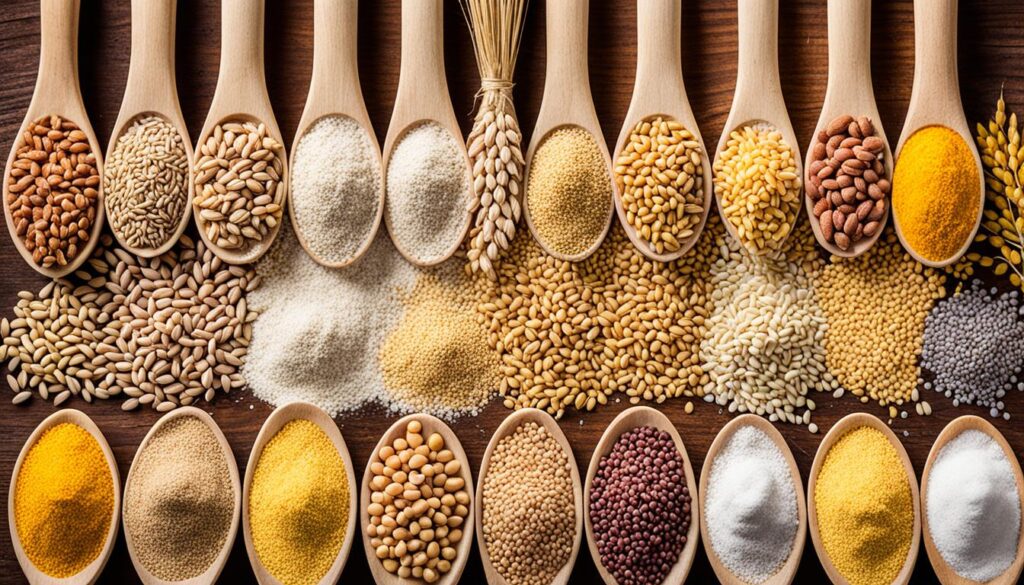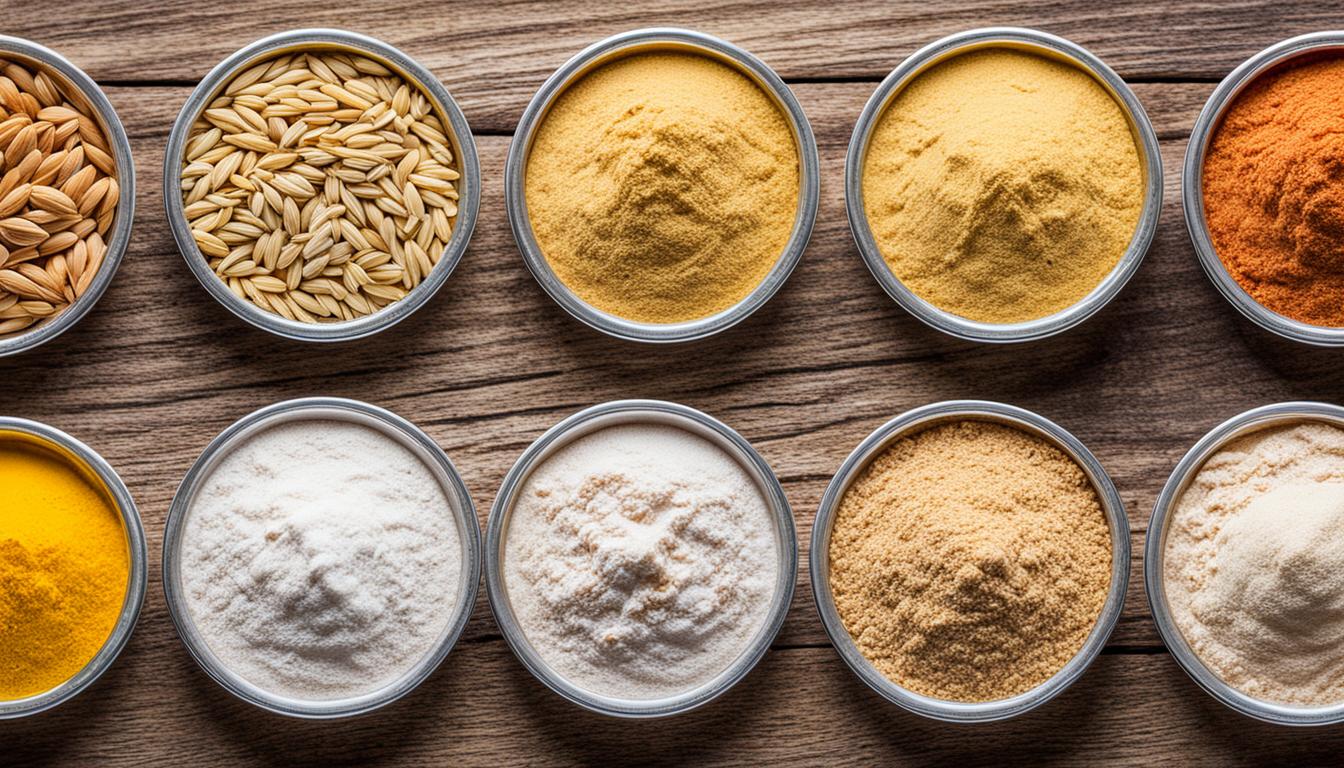Did you know that the average American consumes over 134 pounds of wheat flour per year? This staggering statistic highlights the crucial role that wheat flour plays in our daily lives, from the humble sandwich loaf to the most decadent layer cake. As a practiced baker, I usually walk down the baking aisle at the supermarket with confidence, knowing which flours I need and which brands I prefer. However, over the last few months, faced with shelves devoid of my usual go-to flours, like good old all-purpose and bread, I’ve been left wondering what I can bake with the flours that are left, such as whole wheat, self-rising, and instant. This moment serves as the perfect opportunity to explore wheat flour in-depth and to demystify the flours you’ll find on supermarket shelves.
All wheat flours are not created equal: Each flour has its own distinct qualities, from its protein content and how finely it’s ground to the variety of wheat it’s milled from, all of which affect the way it acts once made into a batter or dough. This guide will break down the differences and show you, the home baker, which sack of flour to reach for, and when. Whether you’re seeking the perfect crust for your homemade bread or the lightest, most tender cake, understanding the milling process and the unique characteristics of each flour type will be your key to baking success.
Understanding the Wheat Kernel
Wheat is a type of grass plant that produces ears of grains—rows upon rows of seeds wrapped in papery husks (the chaff), which, over the last 10,000 years, humans have learned to cultivate, harvest, process, and transform into breads, noodles, fried doughs, and so much more. If you look closely at one of these whole wheat kernels, you’ll first notice a dark outer covering.
Bran: The Fiber-Rich Outer Shell
This fibrous, protective outer layer is known as the wheat bran and it’s loaded with B vitamins, a high amount of dietary fiber, and a good amount of protein.
Germ: The Nutrient-Dense Embryo
Peeling away the bran reveals the wheat endosperm, which constitutes almost 85% of the kernel. It’s composed largely of starch and protein, and serves as the food source for the wheat germ, or embryo, hidden within. Comprising just 2.5% of the kernel, the germ is rich in essential fatty acids, protein, minerals, and vitamins B and E.
Endosperm: The Starchy Core
The wheat endosperm is the largest component of the wheat kernel, providing the majority of the carbohydrates and protein found in wheat-based foods. This starchy core nourishes the germ, allowing the plant to germinate and grow.
The Milling Process: From Wheat to Flour
Though evidence exists that hunter-gatherers were bashing seeds into flour at least 32,000 years ago using a rudimentary process akin to pounding ingredients in a mortar and pestle, we can generally say that there are two prevailing methods for milling wheat into flour: stone milling and roller milling.
Stone Milling: An Ancient Technique
Early stone mills relied on human or animal power to move a top “runner” stone against a stationary bottom “bedstone.” This grinding movement was used to shear whole grains into smaller and smaller fragments, a process that has remained largely unchanged for centuries.
Roller Milling: The Modern Method
Roller mills were invented in Hungary in 1865, and introduced to the US in the 1880s. The first pass, or “break,” as the industry calls it, through corrugated rollers cracks the kernel into pieces, which are then sifted and separated to remove the endosperm from the bran and germ. The endosperm is then sent through a series of smooth rollers to grind it to a finer consistency. This process of breaks, siftings, and grindings is repeated several times, with each producing different commercial grades of flours.
Aging and Bleaching: Enhancing Flour Quality
In addition to the milling methods, flour aging and flour bleaching are two important steps that can further enhance the quality and performance of the final flour product. Aging allows the flour to stabilize and develop improved baking properties, while bleaching helps to whiten the flour and improve its appearance.
wheat flour guide
This comprehensive guide to wheat flour varieties covers whole wheat, all-purpose, bread, and pastry flours, explaining their gluten content, milling process, and best uses. From the bran-rich outer shell to the nutrient-dense germ and starchy endosperm, we’ll explore the wheat kernel and how it’s transformed into the flours that line our grocery store shelves. Whether you’re a seasoned baker or new to the world of wheat, this guide will equip you with the knowledge to select the right flour for your baking needs, from airy yeasted breads to tender cakes and pastries.

Exploring Wheat Flour Varieties
As we navigate the ever-evolving world of baking, we’re met with a diverse array of wheat flour options, each with its own unique characteristics and applications. From the versatile all-purpose flour to the specialized bread flour and self-rising flour, understanding the nuances of these flours can be the key to unlocking our baking potential.
All-purpose flour, as the name suggests, is the most widely used of all flours, crafted from a combination of hard and soft wheat. Its ability to perform well in a wide range of baked goods, from yeast breads to cakes and cookies, makes it a staple in many home kitchens. On the other hand, bread flour is primarily milled for commercial baking, boasting a higher gluten content that is ideal for creating the airy, chewy textures of yeast-risen breads.
For those who prefer the convenience of a pre-mixed product, self-rising flour comes with the added benefits of salt and a leavening agent, making it a go-to choice for biscuits and quick breads. Delving further into the spectrum, we have cake flour, a fine-textured, low-protein flour that helps keep cakes and pastries tender and delicate, while pastry flour offers a slightly higher protein content, suited for everything from flaky pie crusts to crisp cookies.
Beyond the all-purpose and specialty flours, we also encounter unique varieties like semolina, the coarsely ground endosperm of durum wheat, which is prized for its ability to create high-quality pasta. And let’s not forget the hearty whole wheat flour, milled from the entire wheat kernel, retaining the nutritious bran and germ for a denser, more wholesome texture in baked goods. Exploring other specialty flours, such as graham flour and stone ground flour, can also open up a world of new culinary possibilities for the home baker.
